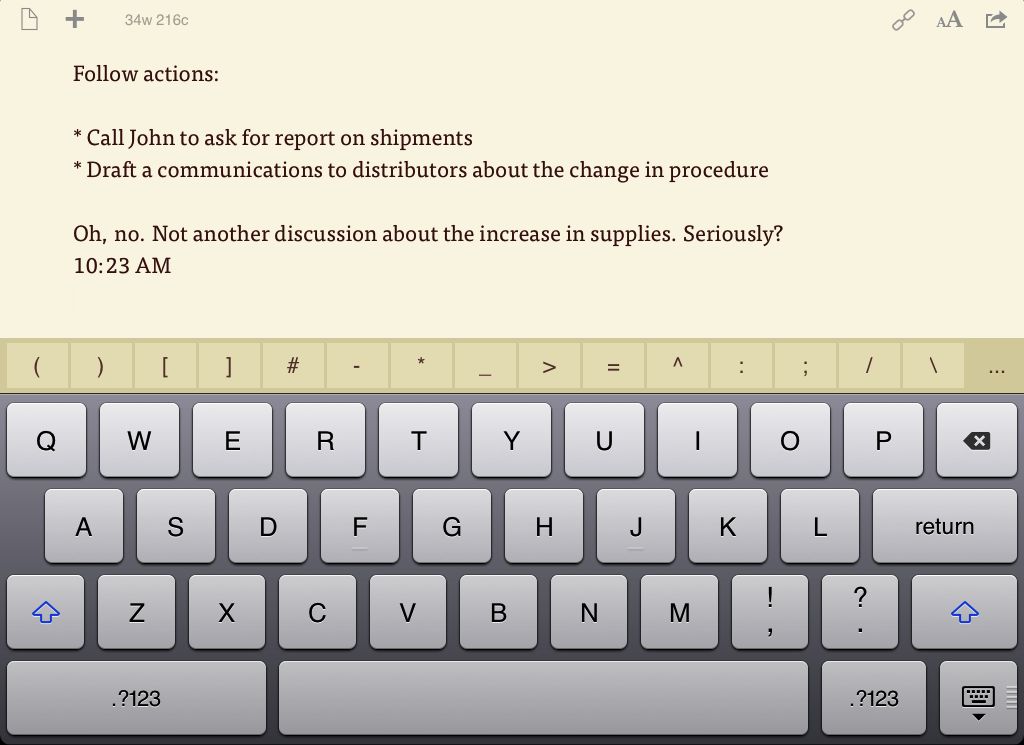When Do You Say No?
I attended my first Franklin Time Management seminar in the early 90’s with a colleague named Tim who was 20–30 years older than me and at the director level; I was an entry level assistant manager. Towards the end of the workshop, the facilitator had us enter in a task for 30 days out - send her a note telling her how the new system was working. I did as she said. Tim did not. He turned his planner to the next day and started listing several other tasks he needed to complete. I asked him why he didn’t write down the “send follow up note” task. He replied, “I have no intention of sending her the note.”
His ability to filter on the front end of his projects list has stuck with me all these years. Around 24 minutes in on episode 70 of Mikes on Mics, Picking and Prioritizing Projects, Schechter asks Vardy, “When does he say no?” That question leads to a relevant discussion between the two about how to determine early that you’re actually not going to do something.
I’m getting fairly consistent about achieving inbox zero, but still too often catch myself moving an email to my Action folder just to dump it, not because I’m not actually going to do anything with it.
To prevent this dumping which doesn’t really process my inbox, it just moves it, I’ve started asking myself, “What is the action I need to take on this?” Then that action gets set up as a task. My Action folder is really becoming more of a Respond To folder for replies that will take longer to compose.
It’s like picking up SWAG at a conference. At the time, you might think it’s free, it’s small, and the kids will like it, but when you get all the stuff home, it ends up laying around. If the criteria is “Do I need this?” instead of “Sure, why not?” it prevents unnecessary clutter.
Having strong up front criteria about what goes on your action list and saying “No” sooner, heads off capturing items you’ll never do anyway.
LOOK AT THE CLOCK | Use Time Stamps to Stay Sane
One of the best pieces of parenting advice came from an unlikely source. He was a salesman I was interacting with when my wife was expecting our first son over 18 years ago. I can’t remember his name (the salesman’s, of course, I remember my son’s) or what he was selling, but I remember the advice very well.
“Whenever the baby starts crying, look at the clock. It always feels like they cry much longer than they actually do.”
With four children, that simple strategy kept me sane during many late nights, and recently I adapted it to meetings in the workplace. Going more and more paperless all the time, I’m usually taking notes on my iPad with Drafts, and with TextExpander integration a simple “ttime” inserts a quick time stamp.
I enter this notation anytime we switch sections in the meeting - new agenda item or new person presenting. And sometimes I enter it when I start to get bored or the meeting takes a nasty turn. The practice has assisted in providing some helpful after-meeting feedback, “The presentation was actually 36 minutes,” but more importantly and more commonly it’s really helped keep me sane during long, unproductive meetings.
When I gain the perspective that we only wasted 14 minutes in the meeting griping about things we cannot change, I don’t feel like the entire time was pointless.

